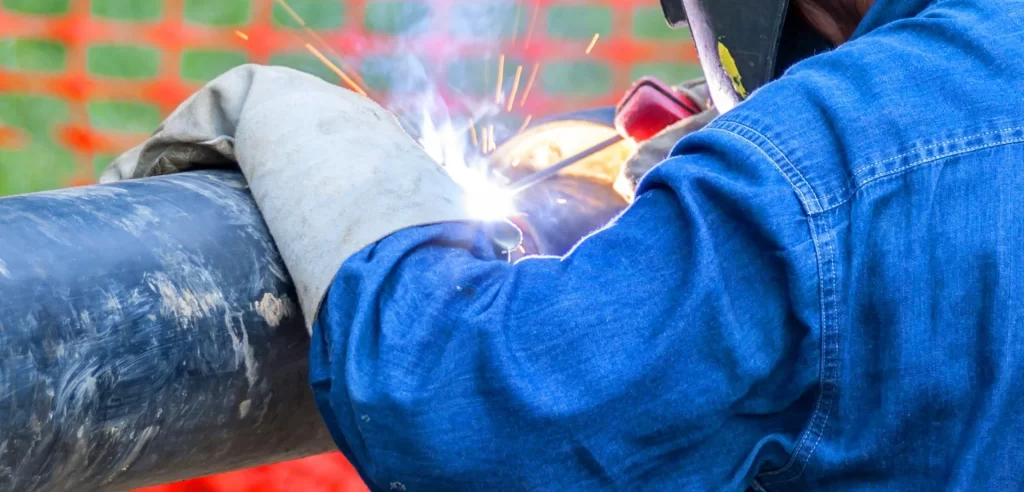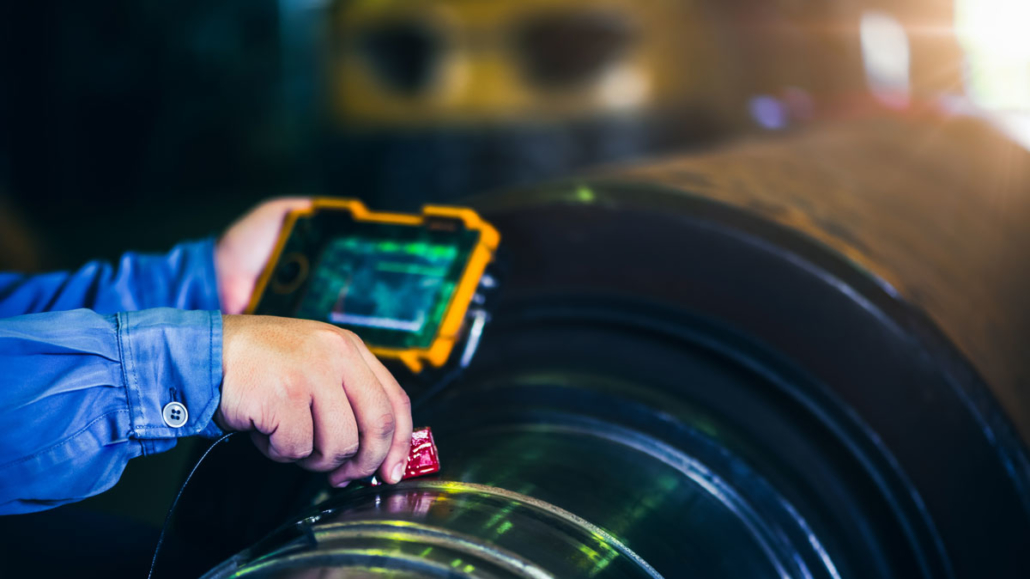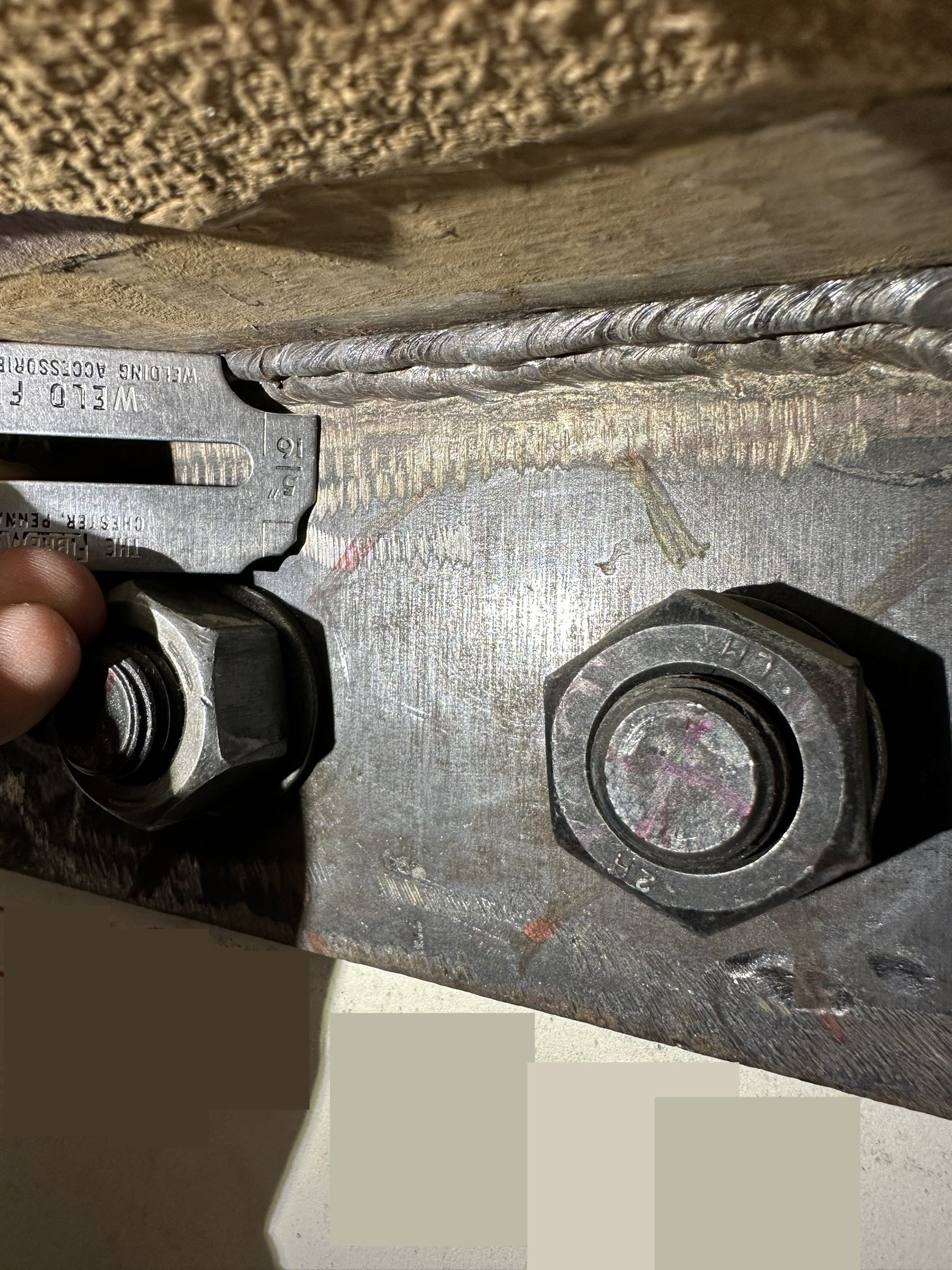Secure Your Financial Investment: Superior Welding Inspection Service Available
Secure Your Financial Investment: Superior Welding Inspection Service Available
Blog Article
The Important Kinds of Welding Providers Every Market Must Learn About
In the large landscape of industrial procedures, the value of welding services can not be downplayed. Welding is an essential process that joins materials together, ensuring structural honesty and functionality across various industries. Understanding the crucial types of welding solutions that deal with specific sector demands is important for optimal performance and security. From the typical yet trusted arc welding to the precision of laser beam welding, each approach uses distinct advantages and applications that drive the performance and top quality of manufacturing. As sectors evolve and require for cutting-edge options expands, being fluent in these welding techniques is not simply advantageous yet vital for staying competitive and conference market requirements.
Arc Welding
Arc welding is an extensively used welding procedure that makes use of an electrical arc to join metal components together. This method is prevalent in numerous markets as a result of its adaptability and efficiency in developing resilient and strong welds. The procedure entails producing an electrical arc in between the base metal and a palatable electrode, generally made of a comparable product. As the arc heats the workpieces, they melt and fuse together, creating a solid joint upon cooling.
One of the crucial benefits of arc welding is its capability to weld a vast array of metals and alloys, making it appropriate for diverse applications. Furthermore, arc welding can be done using various variations, such as secured metal arc welding (SMAW), gas metal arc welding (GMAW), and flux-cored arc welding (FCAW), each offering details benefits depending upon the task needs.
In addition, arc welding is known for its simplicity and cost-effectiveness, making it a favored choice for numerous makers and makers. By mastering the numerous strategies and devices related to arc welding, experts can generate top quality welds efficiently and reliably.
Gas Metal Arc Welding (GMAW)

With correct technique and tools arrangement, GMAW can generate strong, top quality welds that fulfill sector requirements. Overall, GMAW is a functional welding procedure that offers effectiveness, convenience, and dependability for a range of welding applications throughout different industries.
Gas Tungsten Arc Welding (GTAW)
Gas Steel Arc Welding (GMAW) supplies phenomenal welding efficiency, and in a similar way, Gas Tungsten Arc Welding (GTAW) brings a different set of benefits to the table in the realm of welding solutions (Welding Inspection Service). GTAW, also called Tungsten Inert Gas (TIG) welding, is a top notch and functional welding procedure frequently made use of important site in sectors such as aerospace, automobile, and manufacturing

One of the crucial advantages of GTAW is its capacity to produce top notch, specific welds on a selection of metals, consisting of aluminum, stainless-steel, and copper alloys. This procedure allows for higher control over the welding arc, leading to clean, spatter-free welds with minimal post-weld cleanup needed.
GTAW is additionally preferred for its capability to weld thin materials without causing bending or distortion, making it excellent for applications where aesthetic appeals and accuracy are important. Furthermore, the TIG welding procedure can be used with or without filler metal, giving flexibility in welding various joint kinds and densities.

Resistance Welding
A widely utilized welding technique in various sectors due to its efficiency and efficiency is Resistance Welding. This strategy entails joining 2 steel pieces by applying pressure and passing a current via them. The heat generated by the electrical resistance at the joint creates the products to fuse together. There are a number of kinds of resistance welding, consisting of place welding, joint welding, and estimate welding, each fit for specific applications.
Area welding is generally utilized in the auto industry for joining sheet metal components. It entails using 2 copper electrodes to the steel items and passing a high present for a brief duration. Seam welding, on the various other hand, is suitable for producing constant joints, such as in the construction of metal containers or pipes. Estimate welding is ideal for welding nuts, bolts, website here or various other fasteners onto metal components.

Laser Light Beam Welding
Utilizing a highly focused laser beam to thaw and join steel elements, laser beam of light welding is a effective and precise welding method generally used in numerous markets. This advanced technique offers numerous advantages, consisting of minimal distortion, high welding speeds, and the capacity to weld materials with high accuracy.
Laser beam of light welding works by guiding a laser beam of light at the work surface, which develops a liquified swimming pool that fuses the materials together upon solidification. The procedure is non-contact, meaning there is no requirement for the welding device to touch the work surface, minimizing the threat of contamination or damages. In addition, the focused beam of light enables deep weld infiltration and narrow weld seams, making it perfect for applications needing high precision and stamina.
Industries such as automobile, aerospace, electronic devices, and medical tool production often count on laser beam welding for its capability to create high-grade welds with marginal heat-affected areas. As technology remains to advancement, laser welding is expected to play an increasingly significant role check in the construction of elaborate parts throughout numerous markets.
Final Thought
In final thought, understanding the crucial types of welding services such as Arc Welding, Gas Metal Arc Welding (GMAW), Gas Tungsten Arc Welding (GTAW), Resistance Welding, and Laser Light beam Welding is essential for every single market. Each of these methods plays a special duty in the manufacturing and building and construction procedures, making sure solid and resilient links for various materials. By understanding these welding solutions, industries can make educated decisions about which approach finest matches their certain needs.
From the typical yet trusted arc welding to the precision of laser beam of light welding, each technique offers unique advantages and applications that drive the efficiency and high quality of production.Arc welding is a widely made use of welding procedure that utilizes an electric arc to join metal parts together.Gas Steel Arc Welding (GMAW) is a very effective and frequently used welding process in numerous sectors for joining metal parts with each other making use of a protecting gas and a palatable electrode. There are numerous kinds of resistance welding, including place welding, joint welding, and projection welding, each suited for details applications.
In verdict, recognizing the vital kinds of welding solutions such as Arc Welding, Gas Steel Arc Welding (GMAW), Gas Tungsten Arc Welding (GTAW), Resistance Welding, and Laser Light beam Welding is essential for every sector. - Welding Inspection Service
Report this page